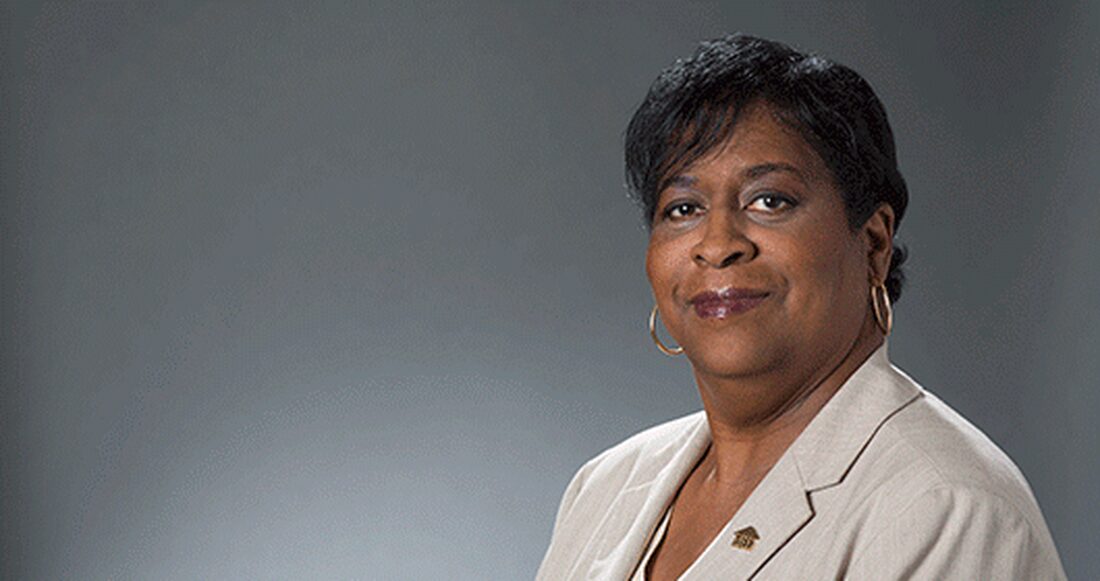Caldwell: Working on Behalf of Baltimore at Home and in the Office

As an administrative assistant for Casey’s Baltimore Civic Site, Jacqueline Caldwell disburses grants to strengthen and support organizations central to the Foundation’s mission. Partnering with these groups is critical to improvingthe education, health, economic security and neighborhood stability of local children and families. Caldwell, a Baltimore native, spends as much time outside as inside the office working to better the lives of Baltimore families. A longtime volunteer and civic leader, her evenings and weekends are spent working with local officials, groups and businesses to address residents’ needs and connect them to help.
Q1. Tell me about your job responsibilities at Casey.
I’m responsible for getting the grants out to organizations that help accomplish the Foundation’s goals. We provide operating support to these organizations so they can offer essential programs and services to help children and families in the civic site.
Q2. What inspired you to become a community leader? Tell me about your work as one.
My motivation to get involved came from my parents. They always stood up for what was right and taught us to do the same. I am president of the Greater Mondawmin Coordinating Council, an umbrella advocacy group that works for the renewal and revitalization of a community in West Baltimore consisting of nine neighborhoods. Our board includes representativesfrom the Mondawmin Mall, Baltimore City Community College, Center for Urban Families, Coppin State University, Parks and People Foundation and Bön Secours Health Systems. Together, we have brought more than $800 million in investments to the area. Examples include: support for housing; low-interest loans; a Safe Streets grant to end gun violence; and fundingto provide reading programs for young children, hire high school students to help work with children with learning issues and get young artists and entrepreneurs involved in the Baltimore Light City Festival.
I am also president of the Whittier-Monroe Community Neighborhood Association, which represents the neighborhood I have lived in for 50 years.
Q3. What accomplishments are you most proud of?
My biggest accomplishment is being able to educate the powers that be about the challenges facing the neighborhood and how best to support the community. When you know how to navigate those waters, you can empower your neighbors. People need someone who is going to hear them, understand them and speak out for them. The rioting that came to our area after the death of Freddie Gray was not representative of the people who actually live in our community. One of our missions is to rebrand the way the community is talked about. We’re bringing positive resources and information to help community members succeed — whether in furthering their education or saving for a home.
Q4. What is most rewarding about working at Casey?
Besides handling my grant responsibilities, I’m able to help if the phone rings and it is someone who is normally not on our radar. I’m usually able to connect the dots to get help to them. Being connected and trusted and having a good reputation help me better serve the community and the Foundation.
Q5. What would you say to encourage parents and community members to get involved in making change happen?
It doesn’t take much to make a difference through your community association, your church or other local institutions. Be the solution to the problem. Do something to show you care, whether it’s a block cleanup or a police appreciation cookout. Get to know your neighbors, forge a sense of unity with residents and get out there and do the work.






